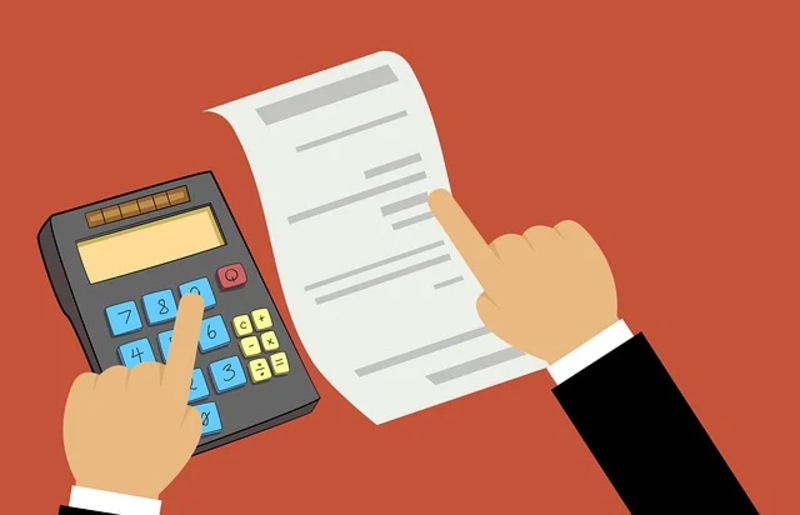The Internal Revenue Service (IRS), a U.S. government agency responsible for tax collection and tax law enforcement, wields considerable power over taxpayers. One of their significant capabilities includes seizing assets for unpaid tax debts. This article aims to unravel the extent of the IRS's powers, specifically focusing on what types of assets they can legally seize. Through understanding these parameters, taxpayers can better equip themselves with knowledge and take necessary measures to avoid such circumstances.
Understanding the Authority of the IRS
The IRS has the authority to enforce tax laws and collect unpaid taxes through various means, including seizing assets. This power is granted by Title 26 of the United States Code, commonly known as the “Internal Revenue Code” (IRC). The IRC specifies that if a taxpayer does not pay their taxes or neglects to file a tax return, the IRS can use their enforcement powers, including seizing assets, to collect the tax debt.
Differentiating Between Tax Lien and Tax Levy
Before delving into what types of assets the IRS can seize, it is essential to understand the difference between a tax lien and a tax levy. A tax lien is a legal claim against a taxpayer's property to secure payment for unpaid taxes. It does not involve seizing assets but instead serves as a warning to potential creditors that the IRS has a legal right to claim the property if the taxpayer does not pay their tax debt.
On the other hand, a tax levy is an actual seizure of assets by the IRS. This means that they physically take possession of a taxpayer's assets and sell them to satisfy the unpaid tax debt.
Types of Assets That Can Be Seized
Under the IRC, the IRS has broad authority to seize a wide range of assets that belong to the taxpayer. These include but are not limited to:
1.Real Estate
The IRS can seize real estate properties, including homes, vacation properties, land, and rental properties. This usually occurs when the tax debt is substantial, and other assets are not enough to cover it. The IRS will typically alert the taxpayer with notices before seizing the property. It follows a long process of notifications, awaiting responses and offers to pay in installments. If these measures fail, the property is then sold at a public auction.
2.Personal Property
Personal property such as vehicles, boats, artwork, jewelry, and other valuable items are also susceptible to IRS seizures. The IRS usually contracts third-party agencies to seize, store, and sell these assets. Notice of seizure is typically mailed or handed to the taxpayer, providing details about the asset seized and the process to release it if the taxpayer can pay the tax debt or prove that the seizure is causing hardship.
3.Financial Assets
Financial assets, including bank accounts, retirement accounts, brokerage accounts, and life insurance policies, can be levied by the IRS. For bank accounts, the IRS sends a Notice of Intent to Levy to the taxpayer's bank. The bank then holds the funds for 21 days, giving time for the taxpayer to resolve the tax debt or dispute the levy before the funds are sent to the IRS.
4.Wages and Other Income
The IRS can garnish a taxpayer's wages, salary, bonuses, commissions, and other income to collect unpaid taxes. This type of levy remains in effect until the tax debt is fully paid or arrangements are made to pay the debt. To seize wages, the IRS sends a Notice of Intent to Levy to the taxpayer and their employer. If not resolved, the IRS instructs the employer to send a portion of the taxpayer's wages to the IRS each pay period.
5.Government Benefits
Certain federal payments or benefits, such as Social Security benefits, can also be levied by the IRS. However, there are limits on how much of these benefits the IRS can take. The IRS typically notifies the taxpayer and the government agency providing the benefits before initiating the levy. The taxpayer can also request a hearing to object to the proposed levy.
Strategies to Prevent IRS Asset Seizure
While the IRS has broad powers to seize assets, there are steps taxpayers can take to prevent such actions:
1. Timely Filing and Payment of Taxes
One of the most straightforward strategies to prevent IRS asset seizure is to ensure timely filing and payment of taxes. Failure to do so can result in penalties, interest, and potential seizure of assets to satisfy the debt. If unable to pay the total tax debt at once, it's advisable to use the IRS's payment option that allows taxpayers to pay their debt over time in manageable installments.
2. Dispute the Tax Liability
If a taxpayer believes that the tax liability is incorrect, they have the right to dispute it. This usually involves working with a tax professional and providing necessary documentation to the IRS to prove your case. It’s important to act quickly in these matters, as there is typically a time limit to file a dispute.
3. Engage a Tax Professional
Engaging a tax professional can be beneficial in navigating complex tax issues and potentially avoiding asset seizures. Tax professionals can offer advice on a wide range of tax matters, negotiate repayment plans, and potentially reduce the overall tax liability. They can also represent taxpayers in IRS hearings and disputes.
4. Declare Bankruptcy
As a last resort, declaring bankruptcy can sometimes prevent IRS asset seizure. However, this should be considered with extreme caution, as it has severe implications on an individual's financial future. It's essential to consult with a bankruptcy attorney to understand the potential consequences and whether this strategy is suitable for the specific circumstances.
Conclusion
Dealing with tax liabilities can be a complex and daunting process. Nevertheless, understanding the difference between tax liens and tax levies, as well as being aware of what assets can be seized and how to prevent such actions, can significantly decrease the stress and potential financial implications. It's crucial to stay proactive in managing tax liabilities, promptly addressing any tax debts, and seeking professional help when necessary. By doing so, taxpayers can protect their assets and avoid the undesirable circumstances of a tax lien or levy.







